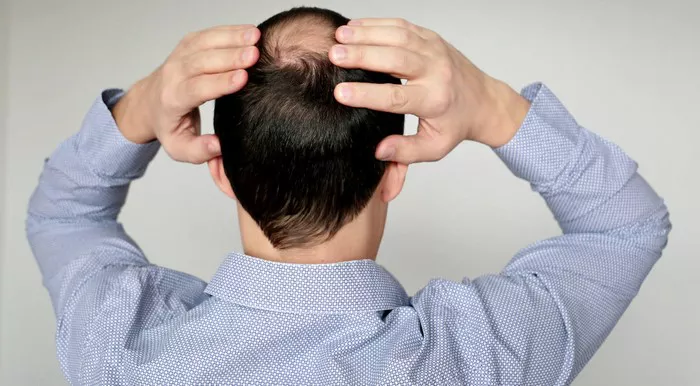Hair loss can be a distressing experience for many individuals, impacting self-esteem and confidence. Fortunately, advancements in medical technology have made hair transplant surgery a viable solution for restoring lost hair and regaining a full head of hair. However, a common question that arises is: How many hair transplants can a person have? In this article, we will explore the factors that determine the number of hair transplants a person can undergo and provide insights to help users make informed decisions.
Understanding Hair Transplant Surgery
Before delving into the number of hair transplants a person can have, it’s essential to understand what a hair transplant surgery entails. Hair transplant surgery involves extracting hair follicles from a donor area, typically the back or sides of the scalp, and implanting them into areas experiencing hair loss or thinning, known as the recipient area. The two primary techniques used for hair transplant surgery are Follicular Unit Transplantation (FUT) and Follicular Unit Extraction (FUE).
In FUT, a strip of skin containing hair follicles is harvested from the donor area and dissected into individual follicular units for transplantation. FUE, on the other hand, involves extracting individual follicular units directly from the donor area using a specialized punch tool. Both techniques have their advantages and may be recommended based on the individual’s specific needs and preferences.
Factors Influencing the Number of Hair Transplants
Several factors influence the number of hair transplants a person can have:
Extent of Hair Loss: The extent of hair loss plays a significant role in determining the number of hair transplants needed. Individuals with advanced hair loss may require multiple transplant sessions to achieve satisfactory results.
Donor Hair Availability: The availability of donor hair from the back or sides of the scalp also affects the number of hair transplants a person can undergo. If the donor area has limited hair follicles available, it may not be possible to perform additional transplants.
Quality of Donor Hair: The quality of donor hair, including its thickness, texture, and density, can impact the success and longevity of hair transplant procedures. Individuals with high-quality donor hair may be able to undergo multiple transplants with favorable outcomes.
Healing Capacity: The body’s ability to heal and tolerate multiple surgeries is another crucial factor to consider. Some individuals may experience complications or adverse reactions with repeated surgeries, limiting the number of transplants they can undergo.
Patient Expectations: Patient expectations and goals also play a role in determining the number of hair transplants. Some individuals may be satisfied with the results after one or two transplants, while others may desire additional procedures to achieve their desired level of hair density and coverage.
Maximum Number of Hair Transplants
There is no set limit to the number of hair transplants a person can have, as it varies depending on individual factors such as hair loss pattern, donor hair availability, and patient preferences. However, it’s essential to approach multiple transplants cautiously and consider the potential risks and benefits.
In general, most surgeons recommend waiting at least 12 months between hair transplant procedures to allow for adequate healing and assess the results of the previous transplant. Additionally, thorough pre-operative evaluations and consultations with a qualified surgeon are crucial to determine the feasibility and appropriateness of additional transplants.
Alternatives to Multiple Hair Transplants
For individuals who have undergone multiple hair transplants or are not suitable candidates for additional surgeries, there are alternative treatments and options to consider:
Non-Surgical Treatments: Non-surgical treatments such as medication (e.g., minoxidil, finasteride), low-level laser therapy, and platelet-rich plasma (PRP) therapy can help slow down hair loss and improve the overall health of existing hair.
Scalp Micropigmentation (SMP): SMP is a non-invasive cosmetic procedure that involves tattooing the scalp to create the appearance of a fuller head of hair. It can be an effective option for individuals with extensive hair loss or scarring who are not candidates for hair transplant surgery.
Hair Systems: Hair systems, also known as toupees or hairpieces, offer a non-surgical solution for individuals seeking immediate results. Modern hair systems are lightweight, natural-looking, and customizable to match the individual’s hair color and texture.
Conclusion
The number of hair transplants a person can have depends on various factors, including the extent of hair loss, availability of donor hair, healing capacity, and patient expectations. While there is no set limit to the number of transplants, it’s essential to approach multiple surgeries cautiously and consider alternative treatments when appropriate. Consulting with a qualified hair transplant surgeon and discussing goals and expectations is crucial to determine the most suitable treatment plan for achieving desired results. Ultimately, the goal of hair transplant surgery is to restore confidence and improve quality of life for individuals struggling with hair loss.
How Soon Can You Wash Your Hair After Hair Transplantation?

